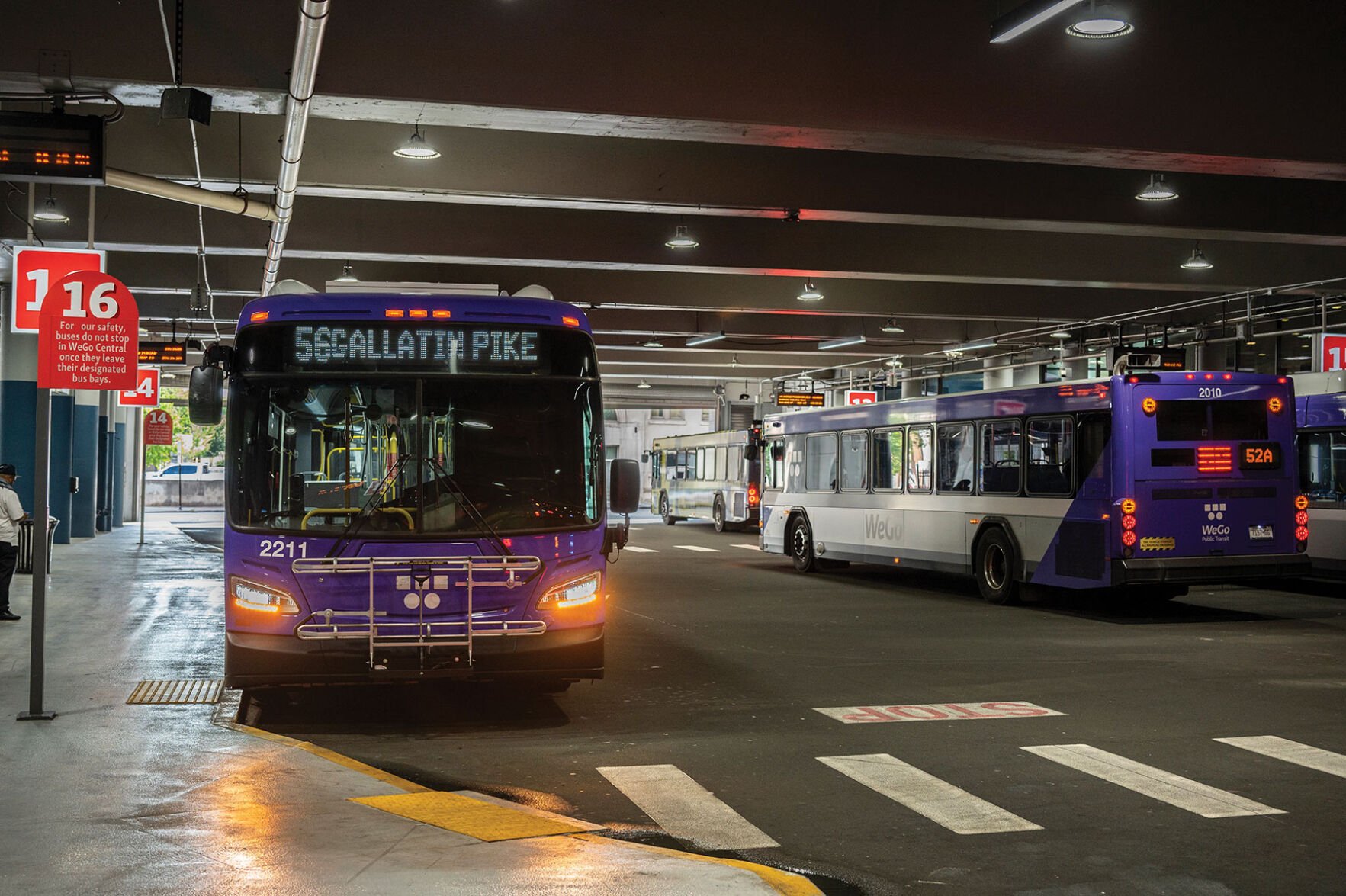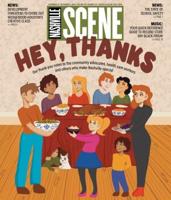When I visit other cities, getting to use public transport is often the highlight of my trip.
While Nashville’s buses are way less sexy than, say, the trains in Boston, I wondered if I could still make them work for me as someone who has a reliable vehicle but would like to save money on rideshares and parking.
It’s not my first rodeo. When I attended The Ohio State University, a swipe of my student ID on the Central Ohio Transit Authority took me to art crawls and concerts on a “Night Owl” bus aimed at students. But when I moved to Nashville, my eagerness for transit faded. I worked at The Contributor street newspaper and heard negative reviews from many of the paper’s vendors who relied on the bus.
But for this issue I decided to give it another crack. I’m happy to report that I arrived where I was aiming to go. My tips are below.
Getting a Ticket
- Download the Quick Ticket app.
- Create and activate an account via email.
- Add your credit card.
- Add money (in $5 increments) or passes.
- Scan the QR code on the fare reader when you enter the bus.
(It’s not all that different from a Starbucks reward card. But if you’d like to use cash, more on that below.)
Costs
If you don’t want to mess with the app, simply putting $2 into the cash machine at the front of the bus will get you a ride. (The exact cash fare is required.) The catch in Nashville is that going across town often means a transfer, so you’d have to do the same on the second bus. Using the app, you can load $2, which will pay for two hours and allow for transfers.
When I took the bus to work, I loaded a $4 all-day pass that covered my four bus rides.
Mentally Preparing
Using WeGo’s YouTube videos, I got a refresher on the rules of pulling the yellow stop request cord (do it when your stop is next), letting others off before you get on, and other rider courtesies. It’s eight minutes well spent.
I used the Maps app on my iPhone to plan my route, selecting the transit option rather than the car option. The timing was relatively reliable in my limited experience, never off by more than five or 10 minutes.
Going Downtown
When traveling from my home on West End to Broadway or the Gulch, the bus is a no-brainer. What would be a $15 Uber ride cost just $2 and dropped me right by Hume-Fogg High School so I could take part in Nashville’s most spirited nightlife. It took 22 minutes to take the bus instead of around 12 minutes to drive, but I didn’t have to deal with parking.
Rating: 10/10. I took a Lyft back home but would take the bus one way again.
Going to Work
Using the bus to get to work required a more difficult cost-benefit analysis. What would be an 11-minute drive to East Nashville took 40 minutes due to a transfer at the downtown station. The downtown bus station, which has been the setting of several violent crimes in the past few months, is not somewhere I’d like to hang out by myself, especially at night. But it is where you can manage physical passes, if you prefer.
The tricky part on my first try was finding which of the 24 bays the bus I wanted would be in. For example, the No. 3 bus I took into town stopped in the No. 5 bay. I found guidance in the temperature-controlled waiting areas, and if you’re really confused, you can ask at the information booth.
I think commuting to work via bus makes a lot more sense for my co-worker, who uses the commuter bus from Murfreesboro.
Rating: 5/10. I would do it if my car were out of commission.
Overall, riding the bus gave me a real gift — uninterrupted time to read the latest issue of the Nashville Scene!
Digging into Mayor Freddie O’Connell’s transit referendum, which will be on the ballot in November






